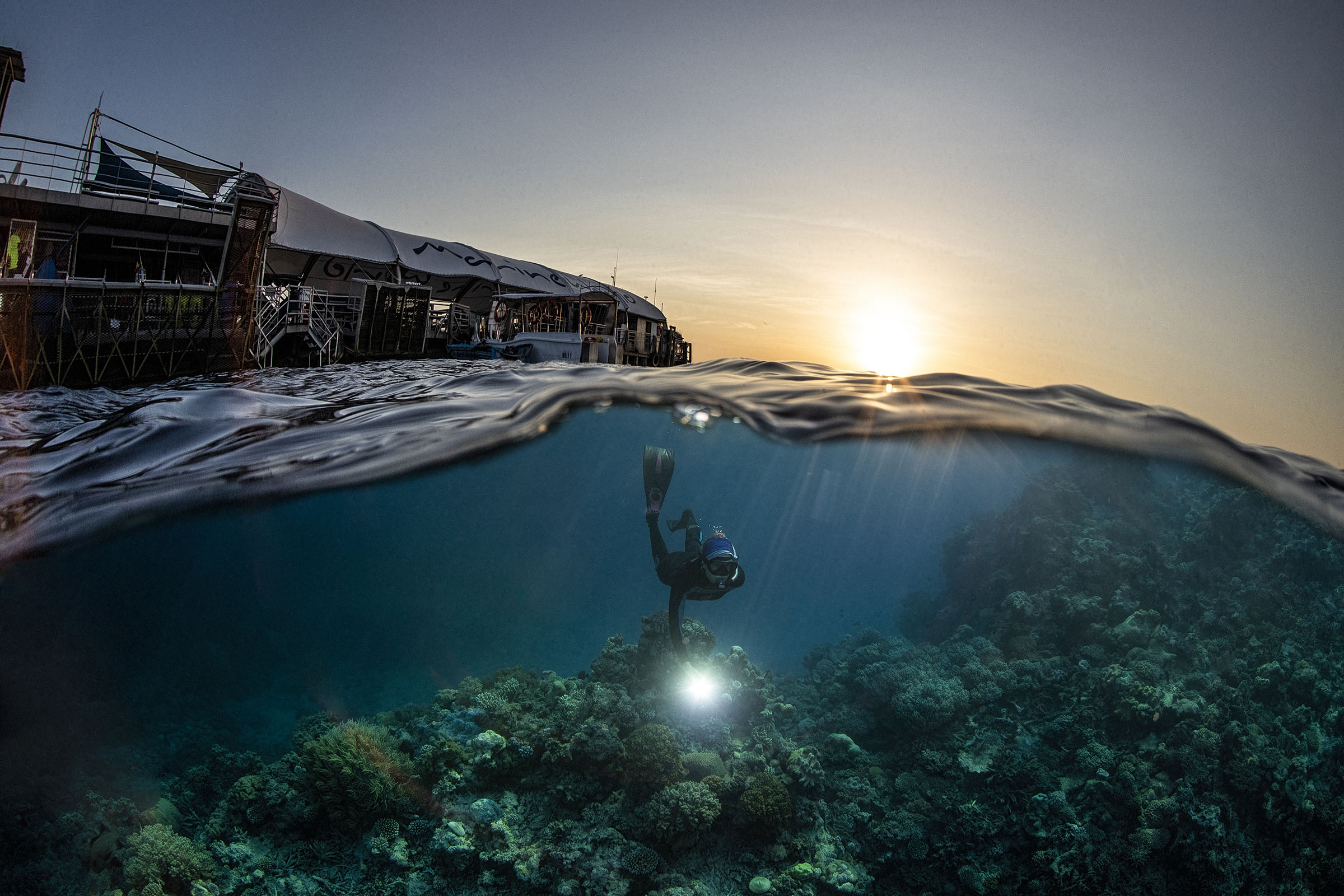This year, Australia’s Great Barrier Reef was hit by another mass bleaching. Scientists say the reef isn’t dying, but it also isn’t thriving. With only about 100 of the 3,000 individual reefs actively monitored, there’s still much to learn.
In November, the Great Reef Census—a citizen project led by Earth Hour co-founder Andy Ridley and supported by local tourism operators and their guests—will move into its third year of mapping the entire 1,400-mile reef, resulting in critical knowledge to safeguard its future. Visitors can also learn about traditional reef management from Dreamtime Dive & Snorkel’s Indigenous sea rangers, or aboard Reef Magic, a newly launched sustainably powered pontoon (using 18 solar panels and three wind turbines). Its team of Indigenous guides interweave Aboriginal storytelling with Western science, while an onboard marine-biology lab conducts research. Guests can swim, snorkel, scuba dive, or just lounge in the sun.

Other new attractions include Townsville’s Museum of Underwater Art and the Lady Musgrave Pontoon.
Pent-up demand for travel to Australia prompted United Airlines to add new nonstop, year-round transpacific service between San Francisco and Brisbane, beginning in October.
- Donald Trump Is TIME's 2024 Person of the Year
- Why We Chose Trump as Person of the Year
- Is Intermittent Fasting Good or Bad for You?
- The 100 Must-Read Books of 2024
- The 20 Best Christmas TV Episodes
- Column: If Optimism Feels Ridiculous Now, Try Hope
- The Future of Climate Action Is Trade Policy
- Merle Bombardieri Is Helping People Make the Baby Decision